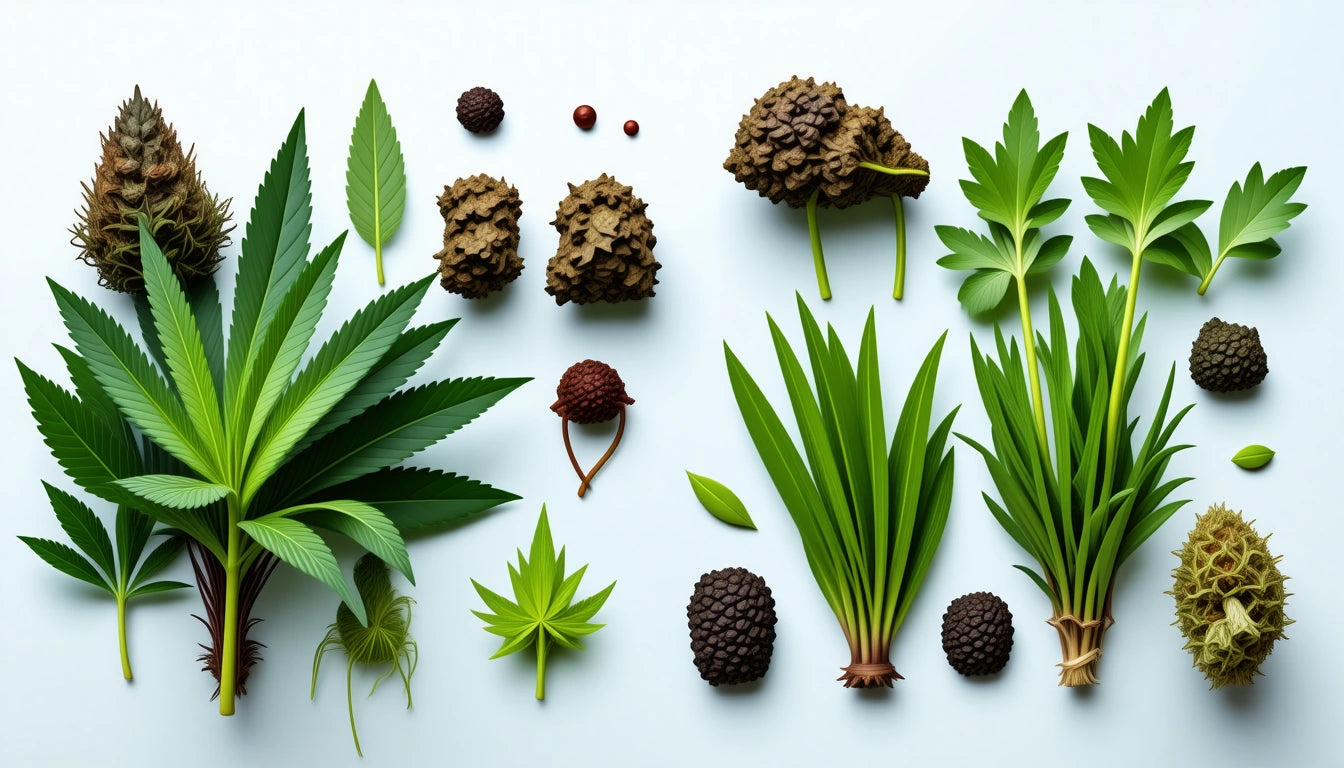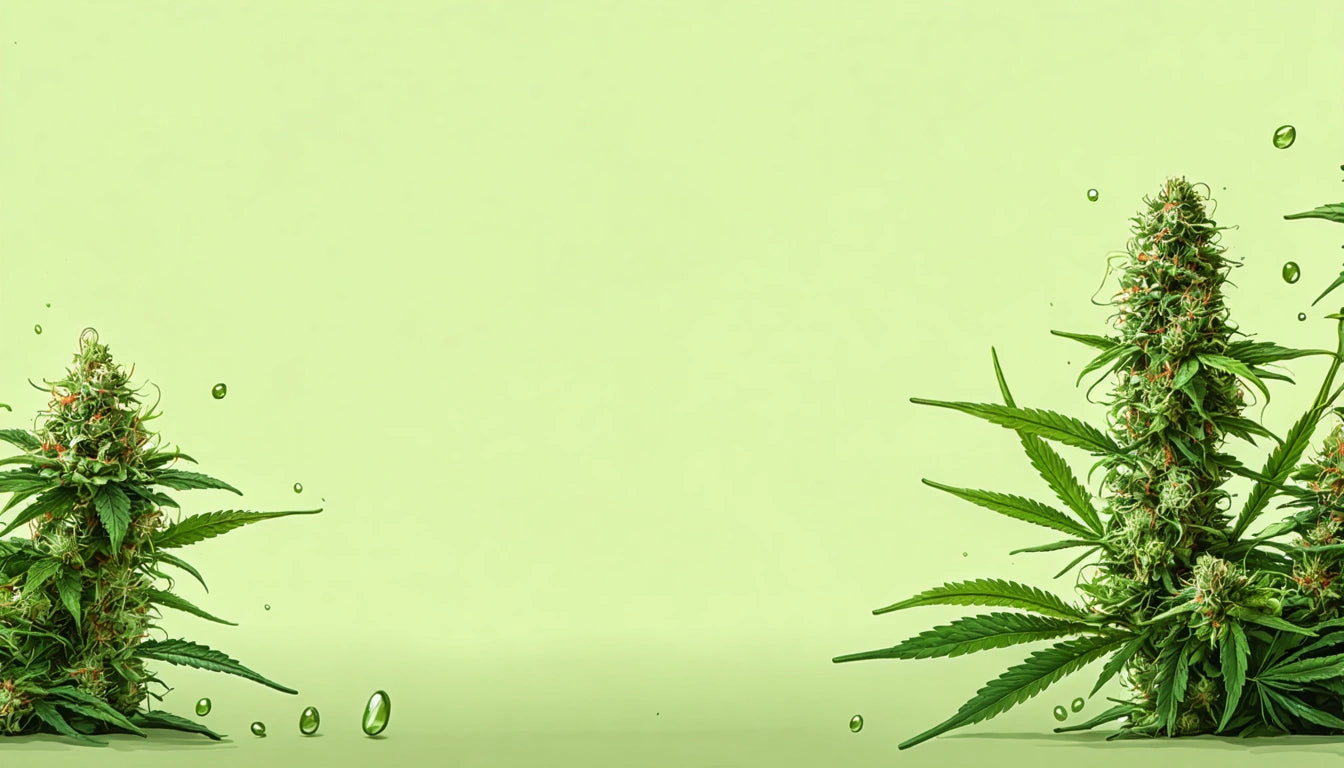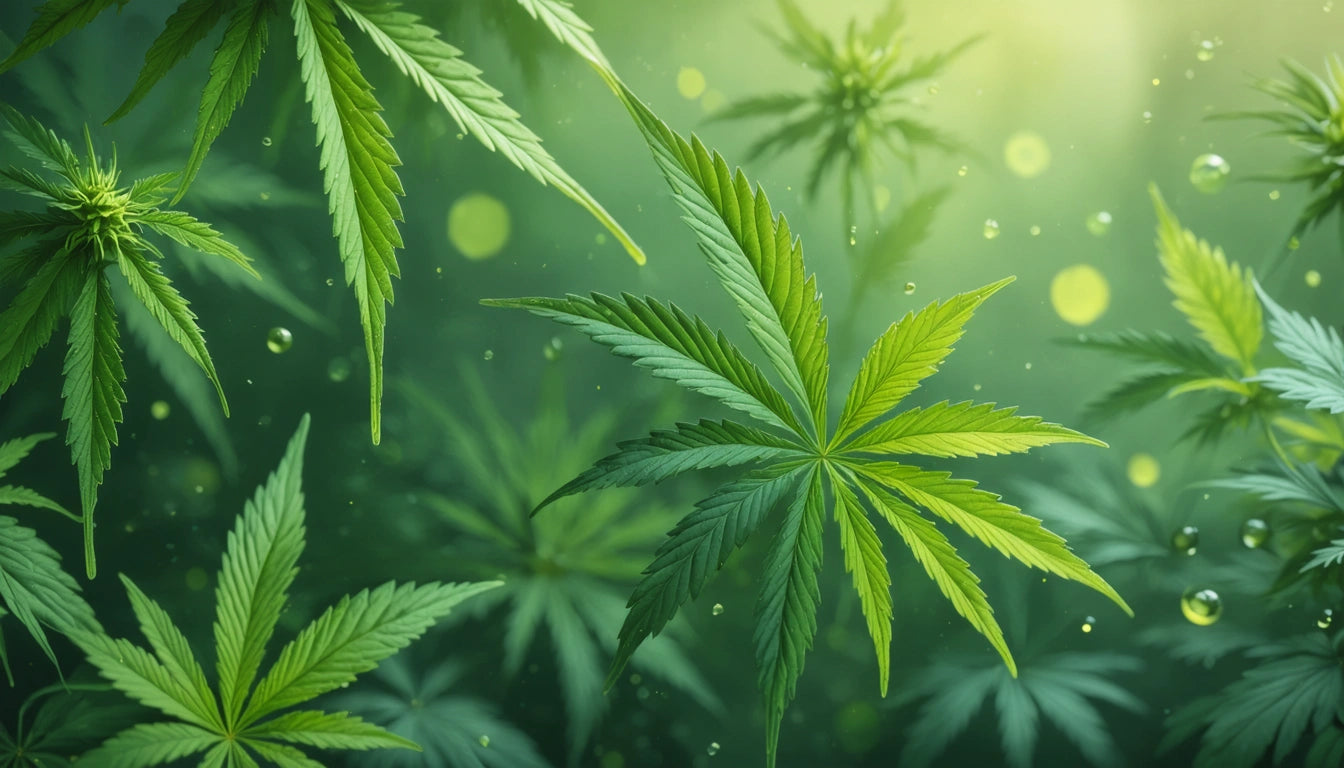- Understanding Cannabis Cultivation Methods
- Indoor Cannabis Cultivation: Controlled Excellence
- Greenhouse Cannabis Cultivation: Balanced Approach
- Outdoor Cannabis Cultivation: Sun-Grown Sustainability
- Comparing Potency and Cannabinoid Profiles
- Quality Factors Beyond THC
- Cost-Effectiveness and Environmental Impact
- Growing Method Selection Guide: Choosing the Right Approach
Comparing the Quality and Potency of Indoor, Greenhouse, and Outdoor Cannabis Growing Methods
The debate between indoor vs greenhouse weed cultivation methods has intensified as the cannabis industry evolves. Each approach offers distinct advantages and challenges that impact the final product's quality, potency, and overall characteristics. Understanding these differences helps cultivators make informed decisions and consumers select products that meet their preferences.
Understanding Cannabis Cultivation Methods
Cannabis cultivation methods fall into three primary categories: indoor, greenhouse, and outdoor. Each method creates different growing environments that significantly influence plant development, cannabinoid production, and terpene profiles. Understanding these fundamental differences is essential for both producers and consumers.
Indoor Cannabis Cultivation: Controlled Excellence
Indoor cultivation offers unparalleled environmental control. Growers regulate every aspect of the plant's life cycle, including temperature, humidity, light cycles, and CO2 levels. This precision creates consistent growing conditions year-round, regardless of external weather patterns.
Advantages of Indoor Growing
- Complete control over environmental factors
- Protection from pests, contaminants, and weather events
- Year-round cultivation capabilities
- Precise light spectrum management
- Enhanced security and discretion
As detailed in this guide to indoor cannabis cultivation, the controlled environment typically results in visually striking buds with dense structures and consistent cannabinoid profiles. However, this control comes at a higher operational cost due to energy consumption.
Greenhouse Cannabis Cultivation: Balanced Approach
Greenhouse cultivation represents a middle ground between indoor and outdoor methods. It harnesses natural sunlight while providing protection from environmental variables. Modern greenhouse operations often supplement sunlight with artificial lighting and employ climate control systems.
Greenhouse Growing Benefits
- Utilizes free solar energy while offering environmental protection
- Lower operational costs than indoor facilities
- Extended growing seasons beyond natural limitations
- Light deprivation techniques for harvest timing control
- Reduced carbon footprint compared to indoor operations
When comparing greenhouse vs indoor weed, greenhouse cultivation often delivers excellent quality while reducing energy costs. Optimizing greenhouse cultivation requires understanding how to balance natural elements with supplemental technologies.
Outdoor Cannabis Cultivation: Sun-Grown Sustainability
Outdoor cultivation relies entirely on natural elements: sunlight, rainfall, and existing soil conditions. This method produces cannabis in its most natural form, though it's subject to seasonal limitations and environmental uncertainties.
Outdoor Growing Characteristics
- Lowest production costs and energy requirements
- Potentially larger yields per plant
- Full spectrum sunlight exposure
- Natural soil microbiome interactions
- Seasonal harvests aligned with natural cycles
Sun grown weed vs indoor often displays different terpene profiles due to natural UV exposure and temperature fluctuations. Growing cannabis outdoors connects plants to natural ecosystems but requires careful site selection and climate considerations.
Comparing Potency and Cannabinoid Profiles
When evaluating greenhouse vs indoor potency, research shows varying results. Indoor cannabis typically produces higher THC percentages due to stress responses triggered by controlled environments. However, potency isn't solely determined by growing method but also by genetics, harvest timing, and curing practices.
Maintaining proper humidity during curing is crucial for preserving cannabinoids and terpenes. Many cultivators use humidity control packs to maintain optimal moisture levels, which helps preserve potency regardless of the initial growing method.
Cannabinoid Development Factors
- Light intensity and spectrum quality
- Temperature fluctuations
- Nutrient availability and uptake
- Plant stress responses
- Harvest timing precision
The debate between indoor vs outdoor vs greenhouse cultivation often overlooks that each method can produce premium cannabis when executed properly. Genetic potential remains the foundation of potency, regardless of growing environment.
Quality Factors Beyond THC
Quality cannabis encompasses more than just THC content. Terpene profiles, flavonoids, and minor cannabinoids contribute significantly to the overall experience and potential therapeutic benefits.
Terpene Expression Differences
Terpene development varies significantly between growing methods. Outdoor and greenhouse cannabis often develop more complex terpene profiles due to natural light spectrum exposure and temperature fluctuations. These environmental stressors can trigger richer aromatic expressions compared to the consistent conditions of indoor grows.
When comparing greenhouse weed vs indoor weed, consumers often note differences in aroma complexity and flavor depth that extend beyond potency measurements. Understanding how sunlight affects cannabis helps explain these qualitative differences.
Cost-Effectiveness and Environmental Impact
Production costs vary dramatically between methods. Indoor cultivation requires substantial energy for lighting, HVAC, and dehumidification. Greenhouse operations reduce these costs by utilizing natural sunlight while outdoor growing minimizes infrastructure expenses.
Environmental Considerations
- Carbon footprint from energy consumption
- Water usage efficiency
- Soil health and regeneration
- Pesticide and fungicide requirements
- Waste production and management
As the industry matures, many cultivators are adopting hybrid approaches that combine elements from different methods. This comprehensive guide explores how growers can leverage the strengths of each approach.
Growing Method Selection Guide: Choosing the Right Approach
The optimal growing method depends on specific goals, geographic location, market demands, and available resources. Commercial cultivators must balance quality expectations with production costs, while home growers consider space limitations and personal preferences.
When deciding between greenhouse vs indoor cultivation or exploring outdoor options, consider these factors:
- Available capital and operating budget
- Local climate conditions
- Market positioning and consumer preferences
- Sustainability goals and energy costs
- Desired consistency and scalability
Regardless of method, proper setup and execution remain critical to success. Each approach can produce exceptional cannabis when implemented with knowledge, attention to detail, and respect for the plant's needs.
The cannabis industry continues to evolve, with innovations in each cultivation method improving quality, efficiency, and sustainability. Rather than declaring one method superior, the future likely belongs to cultivators who thoughtfully select and refine growing techniques based on their specific circumstances and goals.











Leave a comment
All comments are moderated before being published.
This site is protected by hCaptcha and the hCaptcha Privacy Policy and Terms of Service apply.